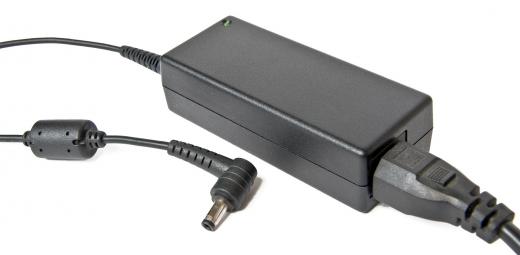A transformer is an electrical device which transfers electrical energy from one electrical circuit to another. While ordinary transformers cost a substantial amount of power loss to a line, resulting in roughly 40 to 50 percent of all transmission and distribution losses, an energy efficient transformer is designed to be more efficient and reduce the amount of power loss that occurs when the energy is transferred. An energy efficient transformer accomplishes this by using extremely conductive materials, including electrical steel and easily magnetized materials.
Transmission and distribution losses are some of the biggest enemies to efficient power transfer in transformers. These losses are natural losses of attrition which occur as electricity moves through the line. Much like a dragging cloth along a piece of sandpaper, where tiny portions of the cloth will be snagged during the process, some of the power flowing through a transformer is similarly "snagged" and displaced by the substances through which it moves. The amount of "snagging" that occurs is largely dependent on the conductivity of the materials through which the electricity flows; highly conductive materials can pass a charge with much less of a snagging effect.

The efficacy of a modern energy efficient transformer is roughly twice that of a comparable transformer from the 1970s. This means that while an average transformer results in 40 to 50 percent power loss — in other words, only half of the power moving through the transformer actually makes it to the next circuit — the power retention of an energy efficient transformer is much higher, suffering only 20 to 25 percent loss. Much of the power loss in traditional transformers comes from the substances used in their creation; standard steel and other ordinary metals tend to impede the flow of electricity to a degree where much of the power is lost through heat conversion.
A modern energy efficient transformer solve this problem through its conductive construction materials. When created from materials that have a higher conductivity, such as steel specifically designed to hold an electrical charge, energy efficient transformers retain more of their original power, allowing more to be funneled into the adjoining circuit. An amorphous metal transformer is one good example of this; the core of the transformer is made from material which can easily be magnetized and demagnetized, resulting in not only better power transfer, but reduced carbon dioxide transmissions when generating power from fossil fuels.
